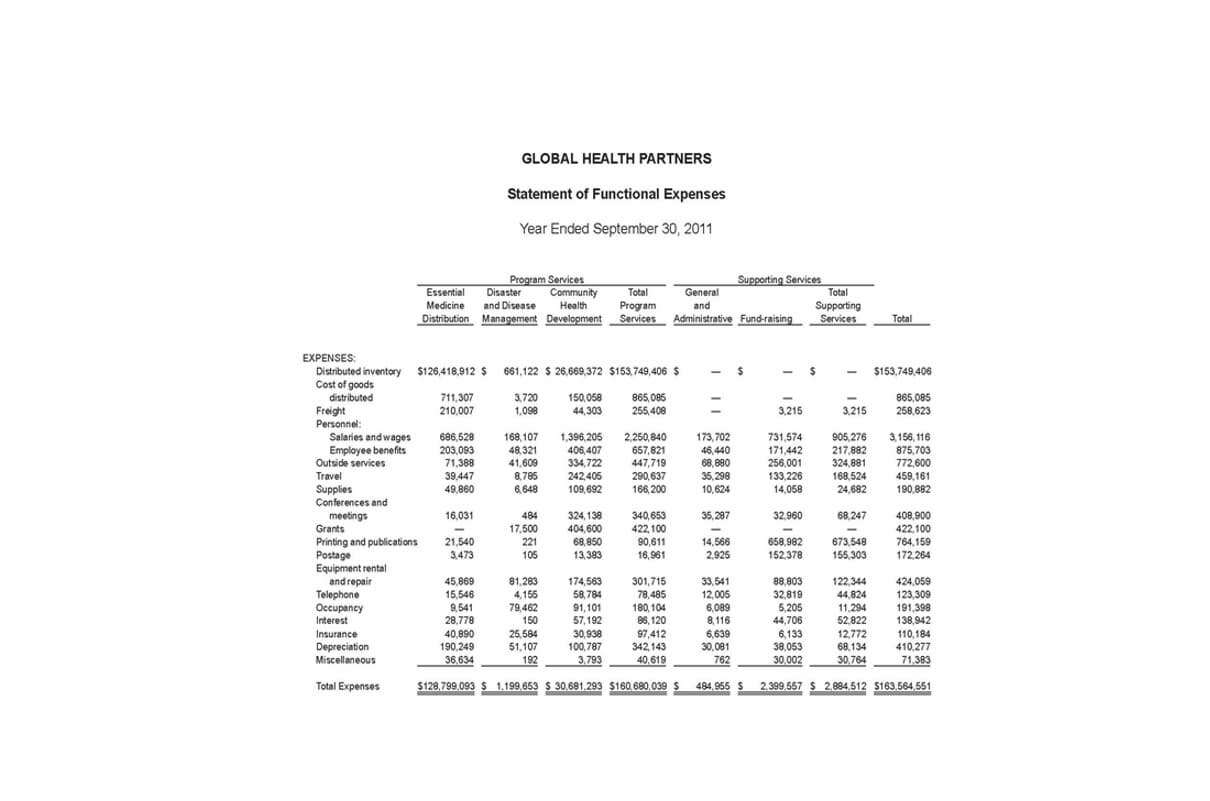Accounting Equation Overview, Formula, and Examples

SuperMoney strives to provide a wide array of offers for our users, but our offers do not represent all financial services companies or products. Community reviews are used to determine product recommendation ratings, but these ratings are not influenced by partner compensation. Metro issued a check to Rent Commerce, Inc. for $1,800 to pay for office rent in advance for the months of February and March.
What Is an Asset in the Accounting Equation?

We use owner’s equity in a sole proprietorship, a business with only one owner, and they are legally liable for anything on a personal level. The CFS shows money going into (cash inflow) and out of (cash outflow) the accounting equation is usually expressed as a business; furthermore, the CFS is separated into operating, investing, and financing activities. Metro Corporation earned a total of $10,000 in service revenue from clients who will pay in 30 days.
Assets Always Equal Liabilities Plus Equity
In other words, the ending owners’ equity from this equation should equal assets minus liabilities at the end of the year. If it doesn’t, then your books are out of balance, most likely because there was an entry made to an owner’s equity account that isn’t reflected in your calculation above. The accounting equation is the fundamental formula in accounting—it shows that assets are equal to liabilities plus owner’s equity. It’s the reason why modern-day accounting uses double-entry bookkeeping as transactions usually affect both sides of the equation. The accounting equation is an accounting fundamental that bookkeepers need to master to be proficient. The accounting equation describes the relationship that exists between the assets and liabilities of a company, in addition to the owner’s equity.
What is the basic accounting equation formula?
Let’s check out what causes increases and decreases in the owner’s equity. While trying to do this correlation, we can note that incomes or gains will increase owner’s equity and expenses, or losses will reduce it. We will examine the operations of “ABC Enterprise” to show how to analyze transactions in terms of the accounting equation. Expenses are defined as the amount of money spent on the acquisition of goods or services that are used to produce revenue.
- Shareholders’ equity is the total value of the company expressed in dollars.
- If a business buys raw materials and pays in cash, it will result in an increase in the company’s inventory (an asset) while reducing cash capital (another asset).
- The bread and butter lies in freeing up your human labor to work on value-based tasks, while automating manual processes.
- The bank has a claim to the business building or land that is mortgaged.
- Net value refers to the umbrella term that a company can keep after paying off all liabilities, also known as its book value.
The accounting equation helps to assess whether the business transactions carried out by the company are being accurately reflected in its books and accounts. This straightforward relationship between assets, liabilities, and equity is considered to be the foundation of the double-entry accounting system. The accounting equation ensures that the balance sheet remains balanced.
Expanded Accounting Equation Example – How to Calculate
Nabil invests $10,000 cash in Apple in exchange for $10,000 of common stock. Shareholders, or owners of the stock, benefit from limited liability because they are not personally liable for any kind of debts or obligations the corporate entity may have as a business. Shareholders’ equity comes from corporations dividing their ownership into stock shares. However, each partner generally has unlimited personal liability for any kind of obligation for the business (for example, debts and accidents).
- Remember that capital is increased by contribution of owners and income, and is decreased by withdrawals and expenses.
- Let us understand the accounting equation with the help of an example.
- We will examine the operations of “ABC Enterprise” to show how to analyze transactions in terms of the accounting equation.
- This shows all company assets are acquired by either debt or equity financing.
- You can witness the easy implementation of the tool and try it out to get a renewed experience while handling your accounting system.
- Accounting equation can be simply defined as a relationship between assets, liabilities and owner’s equity in the business.
- Share repurchases are called treasury stock if the shares are not retired.
- During ABC Enterprise’s first complete month of operations, the following business transactions took place.
- Because the Alphabet, Inc. calculation shows that the basic accounting equation is in balance, it’s correct.
- This opportunity to provide a service or realize potential economic gain for the company will ultimately result in cash inflows (also known as receipts).
Even when the balance sheet balances itself out, there is still a possibility of error that doesn’t involve the accounting equation. To understand the accounting equation better, let’s take a few practical transactions and analyze their effect. Creating the balance sheet statement is one of the last steps in the accounting cycle, and it is done after double-entry bookkeeping.
ACC 220 – Accounting for Small Business
Said a different way, liabilities are creditors’ claims on company assets because this is the amount of assets creditors would own if the company liquidated. The monthly trial balance is a listing of account names from the chart of accounts with total account balances or amounts. Total debits and credits must be equal before posting transactions to the general ledger for the accounting cycle. This article gives a definition of accounting equation and explains double-entry bookkeeping. We show formulas for how to calculate it as a basic accounting equation and an expanded accounting equation. Journal entries often use the language of debits (DR) and credits (CR).
- The accounting equation is so fundamental to accounting that it’s often the first concept taught in entry-level courses.
- As a core concept in modern accounting, this provides the basis for keeping a company’s books balanced across a given accounting cycle.
- In other words, the ending owners’ equity from this equation should equal assets minus liabilities at the end of the year.
- If an accounting equation does not balance, it means that the accounting transactions are not properly recorded.
- The equation serves as the underlying structure for recording and summarizing the events that occur in the economy.
- For example, the use of raw materials and packaging materials are both considered to be part of internal transactions.

Thus, all of the company’s assets stem from either creditors or investors i.e. liabilities and equity. As expected, the sum of liabilities and equity is equal to $9350, matching the total value of assets. So, as long as you account for everything correctly, the accounting equation will always balance no matter how many transactions are involved.
This formulation gives you a full visual representation of the relationship between the business’ main accounts. Mr Ram, a sole proprietor has the following transactions in his books of accounts for the year https://www.bookstime.com/ 2019. This equation reveals the value of assets owned purely by owner equity. The ingredients of this equation – Assets, Liabilities, and Owner’s equities are the three major sections of the Balance sheet.

